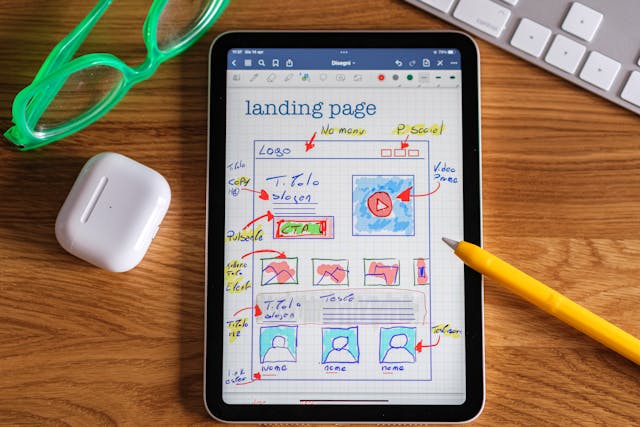
Demystifying Cloud Migration: A Step-by-Step Guide for Businesses
In today's fast-paced digital landscape, businesses are under constant pressure to innovate, reduce costs, and improve agility. Cloud computing has emerged as a game-changer, offering organizations the flexibility, scalability, and cost-effectiveness they need to stay competitive. However, the process of migrating to the cloud can seem daunting, with numerous considerations and potential pitfalls to navigate.
At Brainwave Technology, we understand the challenges businesses face when embarking on a cloud migration journey. That's why we've developed a comprehensive step-by-step guide to help demystify the process and ensure a smooth transition to the cloud.
Step 1: Assess Your Cloud Readiness
Before diving into the migration process, it's crucial to assess your organization's cloud readiness. This involves evaluating your existing IT infrastructure, applications, data, and workloads to determine their compatibility with cloud environments. Identify any potential challenges, such as legacy systems or regulatory compliance requirements, that may impact your migration strategy.
Step 2: Define Your Cloud Migration Strategy
Once you've assessed your cloud readiness, the next step is to define your cloud migration strategy. There are several approaches to consider, including:
- Rehosting (Lift and Shift): This involves moving your existing applications and data to the cloud without making significant changes.
- Replatforming (Lift, Tinker, and Shift): This approach involves making minor optimizations or modifications to your applications to take advantage of cloud services.
- Refactoring (Re-architecting): This is a more extensive process that involves re-architecting your applications to fully leverage cloud-native services and technologies.
Your chosen strategy will depend on factors such as your business requirements, existing infrastructure, and the desired level of cloud optimization.
Step 3: Select the Right Cloud Service Provider
With numerous cloud service providers (CSPs) to choose from, such as Amazon Web Services (AWS), Microsoft Azure, and Google Cloud Platform (GCP), selecting the right provider is crucial. Consider factors such as their service offerings, pricing models, security and compliance features, and geographic coverage to ensure alignment with your business needs.
Step 4: Plan and Execute the Migration
Once you've selected your cloud service provider, it's time to plan and execute the migration. This involves tasks such as:
- Developing a detailed migration plan, including timelines, resources, and contingency measures
- Ensuring data security and compliance throughout the migration process
- Testing and validating applications in the cloud environment
- Transferring data and workloads to the cloud
- Configuring and optimizing cloud resources for performance and cost-effectiveness
At Brainwave Technology, our experienced cloud migration experts can guide you through this process, ensuring a smooth and seamless transition to the cloud.
Step 5: Optimize and Manage Your Cloud Environment
Cloud migration is not a one-time event; it's an ongoing process. After successfully migrating to the cloud, it's essential to optimize your cloud environment continuously. This includes tasks such as:
- Monitoring and adjusting cloud resources to align with changing business needs
- Implementing best practices for cloud security and compliance
- Leveraging cloud-native services and technologies to drive innovation and growth
- Adopting DevOps practices and automation to streamline cloud operations






(0) Comment